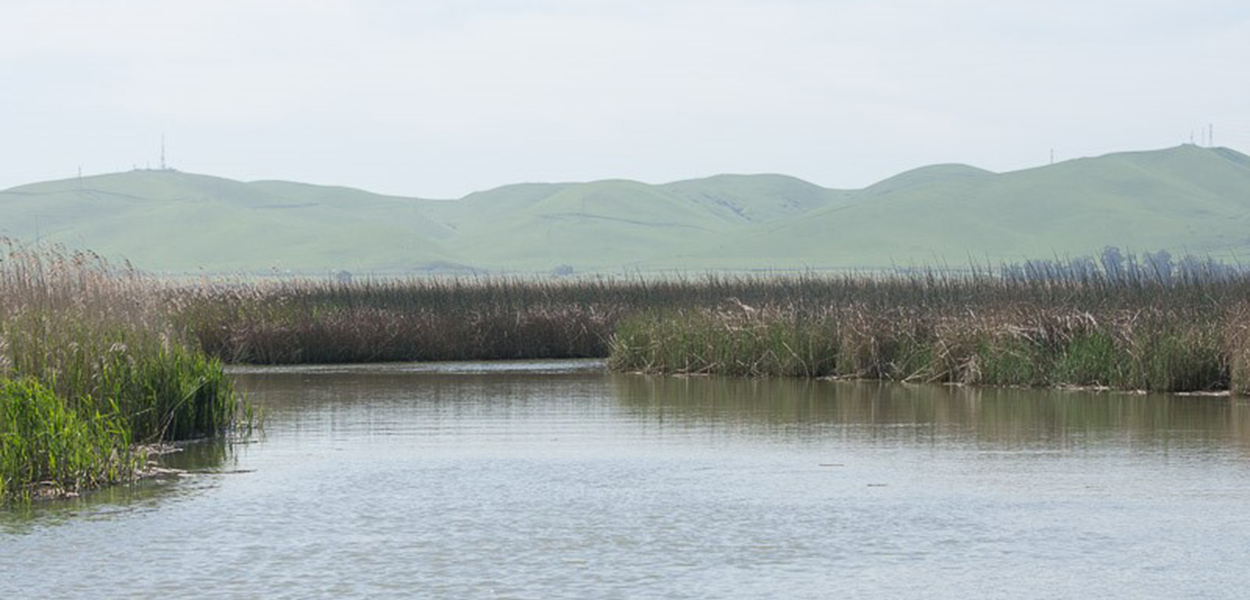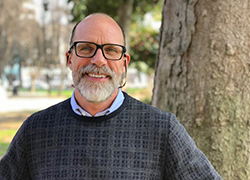
Complexities: Thinking about the San Francisco Estuary during the 2021 Bay-Delta Science Conference
April 5, 2021
By Interagency Ecological Program Lead Scientist Dr. Steven Culberson
In anticipation of this week’s Bay-Delta Science Conference, I thought it would be useful to consider some of what it takes to understand a complex ecosystem like an estuary and to encourage everyone working in the San Francisco Estuary – scientists, policymakers, and local stakeholders – to continue shifting our ecosystem management focus from the simple to the complex. I’ll explain why in a moment.
Here are four suggestions for improving ecosystem management in the San Francisco Bay-Delta:
- Embrace complexity as an attribute of ecosystems.
- Support and require ongoing conversations about the limits of monitoring science and the need to make difficult policy decisions in the absence of complete information.
- Understand the value of lost resources and invest appropriately in the preservation of resources before they are lost.
- Prioritize information and learning as much as the desire to solve a particular problem, and internalize the notion that learning, like evolution, never ends.
Ecology is not an exact science, and outcomes are far from what is expected traditionally from scientific disciplines like chemistry or physics. We don’t have sufficient resources to turn the Estuary into a sophisticated outdoor laboratory to facilitate our understanding. We typically don’t study the ecosystem; more often, we look at one or two dissected parts and try to imagine what an integrated, holistic management system would look like, all while focusing on only one or two driving factors. When the system doesn’t respond favorably to our limited and targeted tinkering, we lament that the problem is wicked.
What if we rejected the premise that there’s a simple relationship between fish and water? What could we expect to find in the ecosystem? We are already fully aware that organisms that persist in complicated environments tend to have many ways to survive depending on what conditions they encounter in a specific season, day, or moment. At any point in time, organisms may be exposed to a different set of stressors, which require behavioral or other biological responses to mitigate. Persistence – survival – is not the product of lasting through a particular event or short-lived condition; it is the product of a long chain of survived events: night and day, for weeks, months, years, and generations. Wouldn’t a better recovery strategy have available as many opportunities as possible for species to find a way to survive; shouldn’t we provide multiple – many – options for the organisms to chance upon as they travel through the Estuary?
We need to become comfortable making resource management decisions with an understanding that the Estuary is dynamic and complicated. We must find ways to take protective steps in the absence of complete information. Our human understanding of what other organisms need is limited. Our ability to collect information from murky, convoluted aquatic environments is limited, labor-intensive, and enables only the briefest glimpse into what estuarine organisms experience. Remember, the ecosystem was working well before we made large-scale changes. Simplification to enable human control may result in the elimination of many of the very ecosystem services that we value so highly.
Biology and ecology are messy; nature (via natural selection) has shown that it takes generations to evolve strategies for persistence in a variable environment. But, given time and genetic raw material, life does indeed find a way. I think our real task is to understand how nature solves its own problems and to see if we can provide the conditions under which organisms (given time and genetic raw materials) can seek their own solutions.
As an alternative to our usual way of doing business, I suggest that we try to understand ecosystems on their own terms when we contemplate managing them and that we become more explicit and accepting of human conceptual limitations to evaluating our actions. Ecosystem management is complex, and isn’t that a wonderful human challenge, perhaps the most human challenge of all, to understand and to adapt, rather than to control?
About the Author

Dr. Steven Culberson is the Lead Scientist for the Interagency Ecological Program (IEP), a nine agency consortium of State and federal partners who coordinate and share responsibility for monitoring and interpreting environmental data from the San Francisco Estuary. His position at the Delta Stewardship Council and the Delta Science Program supports an independent, scientific perspective that any of the IEP agency partners can access, while pursuing mandated and associated environmental monitoring and data interpretation.
Steven has worked for 30 years in California ecological and management systems and holds a Ph.D. in ecology from the University of California, Davis. His professional focus has ranged from subsistence aquaculture to systems thinking and simulations to science communication and the management/science interface in pursuit of natural resource management. A graduate of Oberlin College in Ohio, Steve dabbles in fitness, poetry, Italian food, and relaxing at home with his wife Mary and their three feline roommates.

